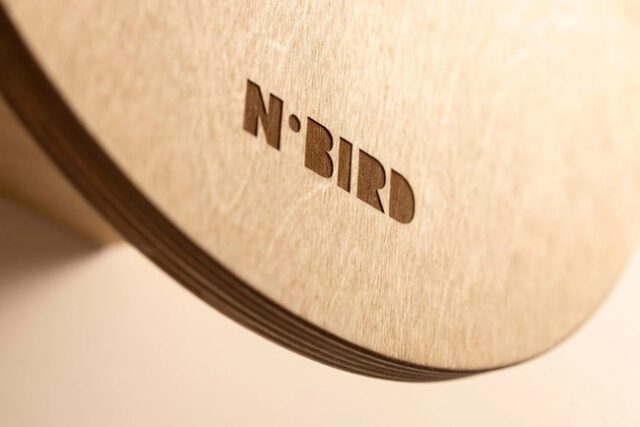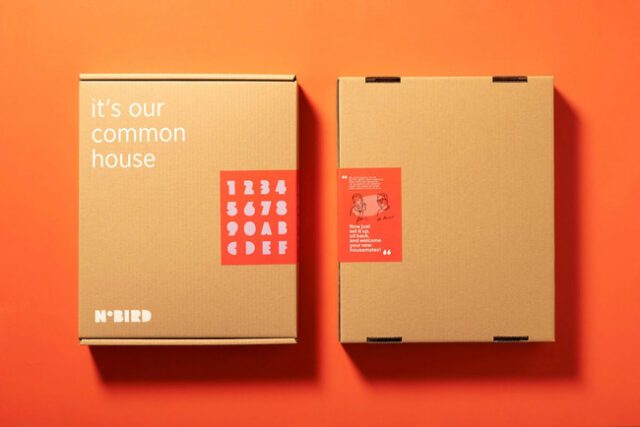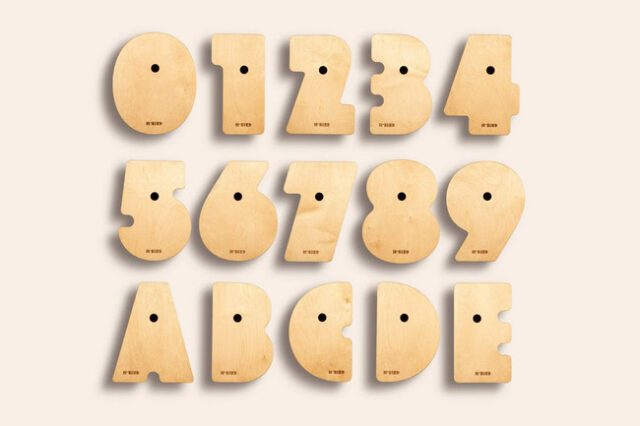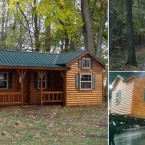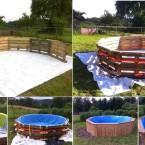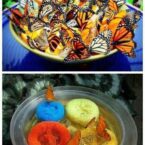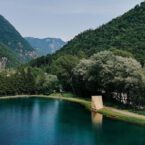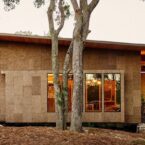
Early 20th-century portraits by Edward S. Curtis played a crucial role in preserving the heritage of Native Americans during a period of rapid American expansion and government intervention. Curtis, motivated by a belief that Native American cultures were disappearing, dedicated over 30 years to documenting their customs and traditions. Through the financial backing of patrons like J.P. Morgan, Curtis embarked on an ambitious project to produce a series of 20 Continue reading “Early 20th-Century Portraits Preserve the Heritage of Native Americans” »

In Detroit Lakes, Minnesota, artist Thomas Dambo’s latest project, Alexa’s Elixir, invites the public on an enchanting fairy tale scavenger hunt through the forest. This imaginative exhibition, created with the help of over 300 volunteers, features five of Dambo’s signature troll sculptures, three magical portals, 800 birdhouses, and a special book containing a recipe and map for the elusive Golden Rabbit. Based on a folktale by Dambo, the project encourages participants to help Continue reading “Giant Trolls Scattered in a Forest Invite the Public on a Fairy Tale Scavenger Hunt” »

Switching from a traditional grid model to a dome model in city planning, as exemplified by Biotech City, offers profound benefits for creating a sustainable future. Unlike the rigid and often inefficient grid layout, the dome model’s circular and adaptive design allows for organic growth and optimal use of space. This approach enhances flexibility in urban planning, accommodating changes and expansions seamlessly without the constraints typical of grid-based cities. Continue reading “How Switching From a Grid to a Dome Model Helps City Planning for a Sustainable Future” »
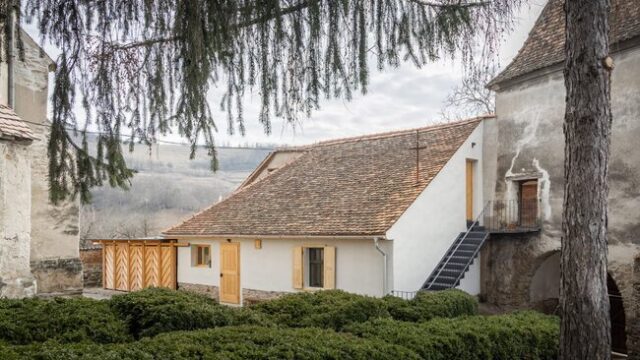
Modul 28, a Romanian architectural studio, has meticulously transformed the rectory of a fortified church in Curciu, Transylvania, into a guesthouse that exemplifies a delicate balance between preservation and innovation. This renovation is part of an initiative by the Fortified Churches Foundation aimed at preserving the region’s numerous fortified churches dating back to the 13th to 16th centuries. Instead of turning these historical sites into static museums, the program seeks to infuse them with contemporary functions, reintegrating them into the local communities. Modul 28’s project reflects this philosophy by making minimal, reversible changes to the existing structures, thus preserving the historical essence while introducing modern comforts and functionality.
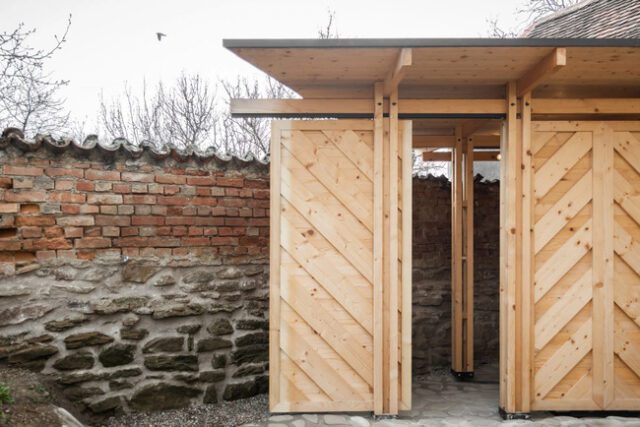
The transformation included the conversion of the rectory and chapel adjacent to the church, while the main church remains accessible to the public. Architect Andra Nicoleanu emphasized the project’s focus on reversibility and the use of lightweight materials like wood and metal for exterior interventions. The design includes a new living area housed in the former chapel’s apse, restored gothic windows, and updated doorways and window shutters in pale wood, which contrast with the rough masonry of the chapel and gatehouse. Additionally, a temporary timber structure provides necessary amenities like bathrooms without altering the historical interior volumes. This thoughtful approach to adaptive reuse ensures that these heritage buildings remain vibrant parts of their communities, blending historical preservation with innovative, modern use.
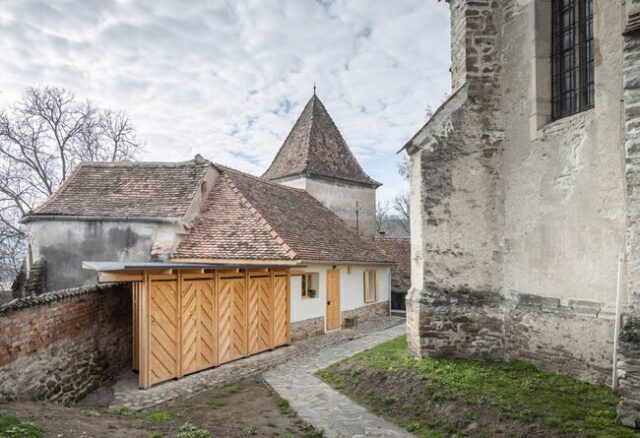
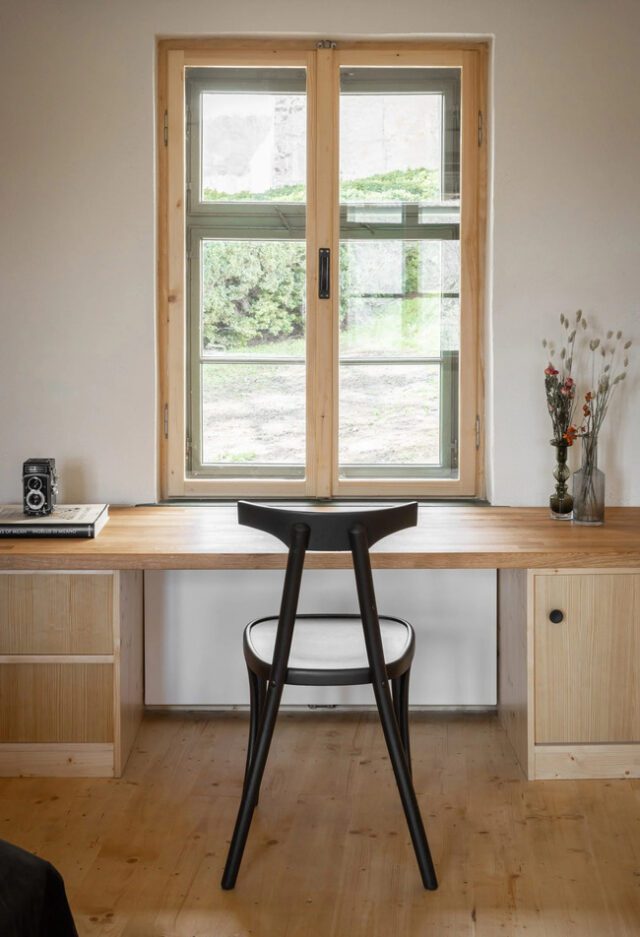
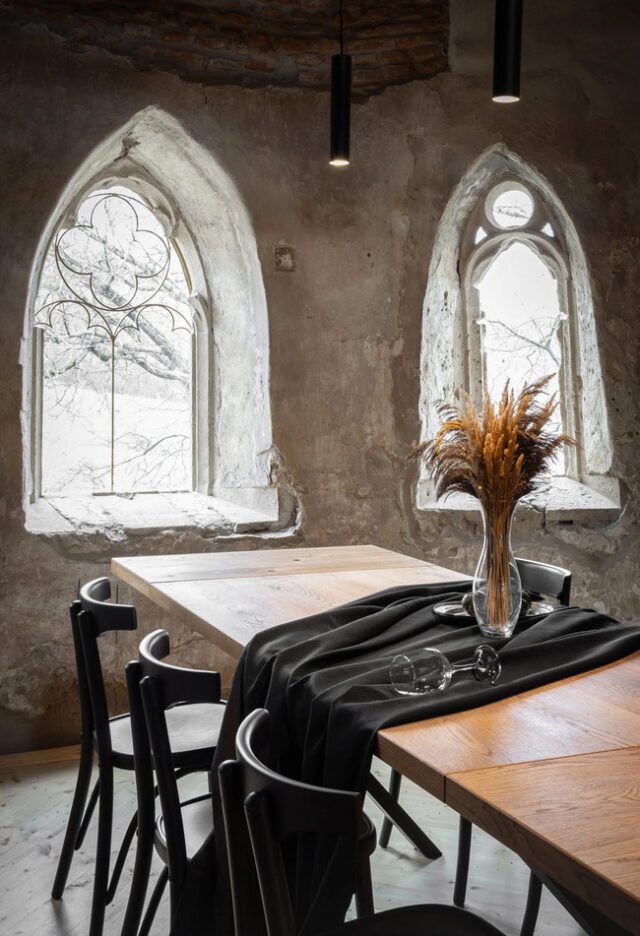
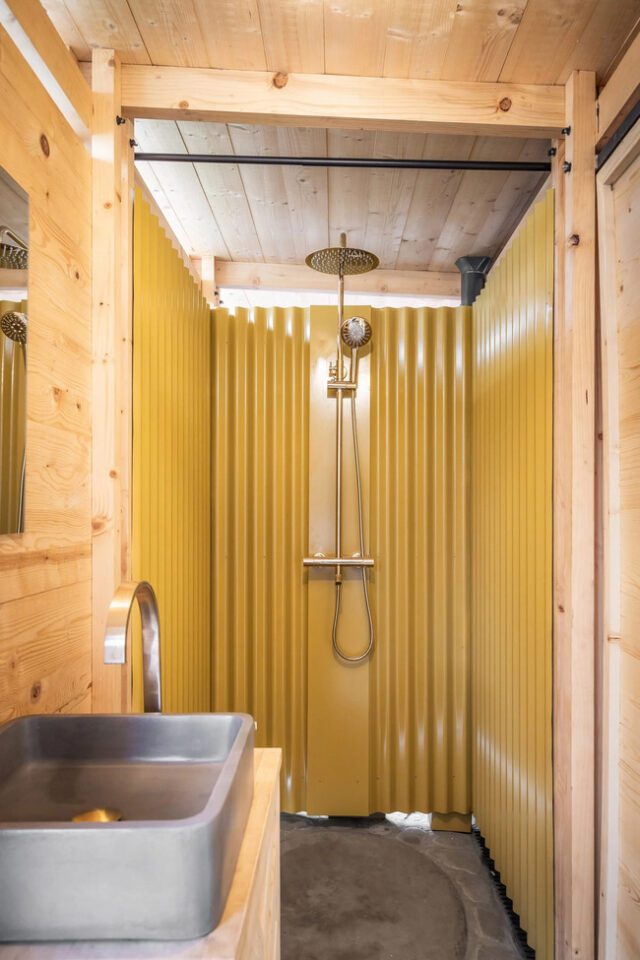

At the beginning of last year, Jiri Lev, a Tasmanian architect with no prior hands-on construction experience, embarked on an ambitious project to build his own home. In just six months, Lev completed a 120-square-meter house for $150,000, a fraction of the cost of a standard new home in Australia. Lev’s primary goal was to demonstrate that affordable housing is still achievable. He meticulously designed his northern Tasmanian home with simplicity and ease of construction as top priorities, using locally sourced materials like hardwood, pine wood, and Australian BlueScope steel. Remarkably, Lev made his house plans available as open-source documents, encouraging others to replicate his success and share his vision of accessible homebuilding.

Lev’s approach to construction was rooted in traditional building techniques, favoring methods that avoid the complexities and costs of modern construction, such as roof trusses that require cranes and multiple workers. Instead, Lev utilized straightforward, time-tested techniques that he learned through online resources, making the process surprisingly manageable even for a novice. While he did hire professionals for specialized tasks like plumbing and electrical work, the overall cost remained low. Lev’s design also incorporates sustainable features, such as a “convection door” for heat regulation and untreated wood with natural oils for flooring. The open-plan structure is best suited for rural settings, providing an affordable option for those who cannot afford urban living. Lev’s initiative aims to inspire others to take on homebuilding, potentially transforming lives by empowering individuals to create their own homes and gain valuable skills.
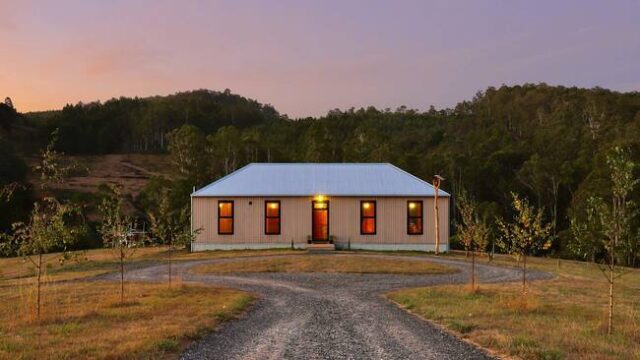
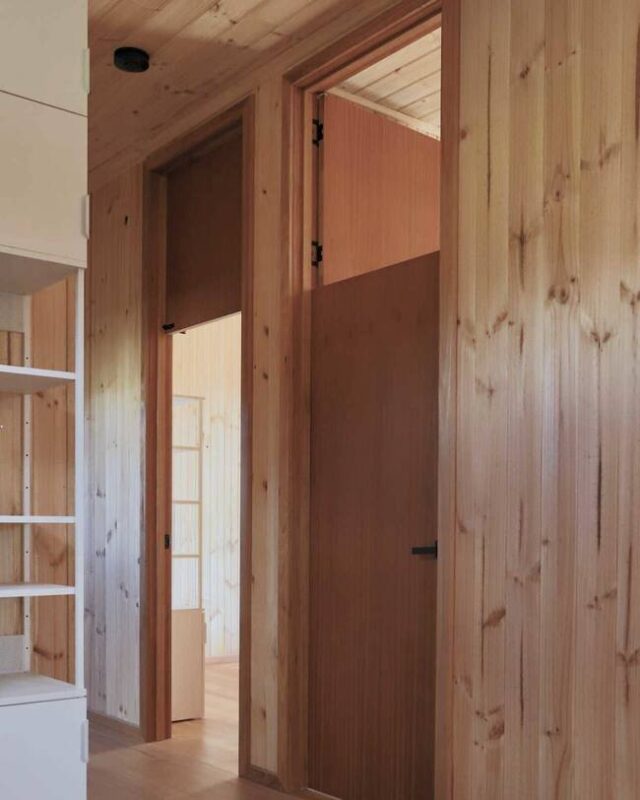
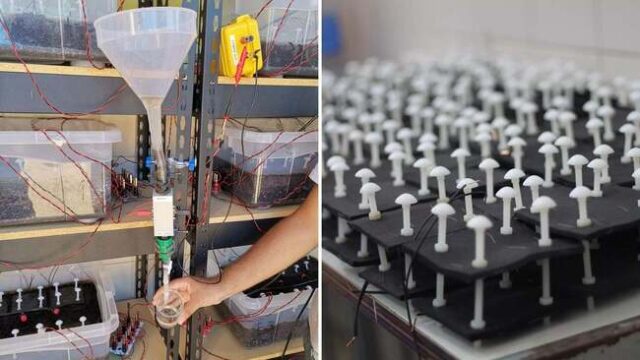
A UK ag-tech firm, Bactery, is revolutionizing agricultural technology with their $25.00 bacteria batteries, designed to power sensing equipment directly from the soil. These innovative batteries harness bioelectrochemical processes in soil microbes, capturing electrons through an array of Continue reading “$25.00 ‘Bacteria Batteries’ Allow Farmers to Power Sensing Equipment with Soil” »

In May 2024, the archaeological community was electrified by a remarkable discovery at George Washington’s estate, Mount Vernon. Initially, two 18th-century bottles were unearthed, containing cherries picked before the founding of the United States. However, this thrilling find soon led to an even more astounding revelation. During the ongoing Mansion Revitalization Project, aimed at preserving the historic home, archaeologists uncovered 35 additional bottles in five storage pits within the cellars, 29 of which contained preserved fruits from Washington’s era. Continue reading “29 Bottles of Preserved Fruit From the 18th Century Discovered at George Washington’s Estate” »

American bison once flourished across the United States, from the western tip of New York state to the eastern edges of Oregon. These magnificent creatures, which can weigh up to 2,000 pounds, were vital as a food source for Indigenous peoples and figured heavily in their history, culture, and beliefs. Continue reading “Rare White Bison Calf Born at Yellowstone National Park Is a Sacred Symbol” »

Polish design studio Nicer Design, led by Mikołaj Nicer and his father Paweł Frej, has developed the Numbird collection of digit-shaped nesting boxes aimed at supporting urban bird populations. These innovative birdhouses double as house numbers, seamlessly integrating functionality with ecological responsibility. Crafted from moisture-resistant plywood treated with natural oil, the Numbird boxes offer a durable and sustainable solution to the challenges faced by their previous clay-cast project, Our Common House. The shift to timber not only enhanced the product’s durability but also facilitated its commercial production, making it accessible to a broader audience.

The Numbird collection is designed to be a family-friendly DIY project, encouraging familial bonding through the assembly process. Each birdhouse is cleverly concealed within the digits, which are crafted with narrow angles and bold curves to ensure readability and aesthetic appeal. This unique typeface was specifically designed to accommodate the standard size requirements for small birds while maintaining the functionality of house numbers. By centralizing the birdhouses behind each digit, Nicer Design ensured the visibility and coherence of the numbers when displayed together. This thoughtful design not only provides essential nesting spaces for birds but also offers a meaningful activity for families, reinforcing Numbird’s dual purpose of fostering both community and wildlife in urban settings.
